Ghulam Ali
PhD, Monash University, Australia
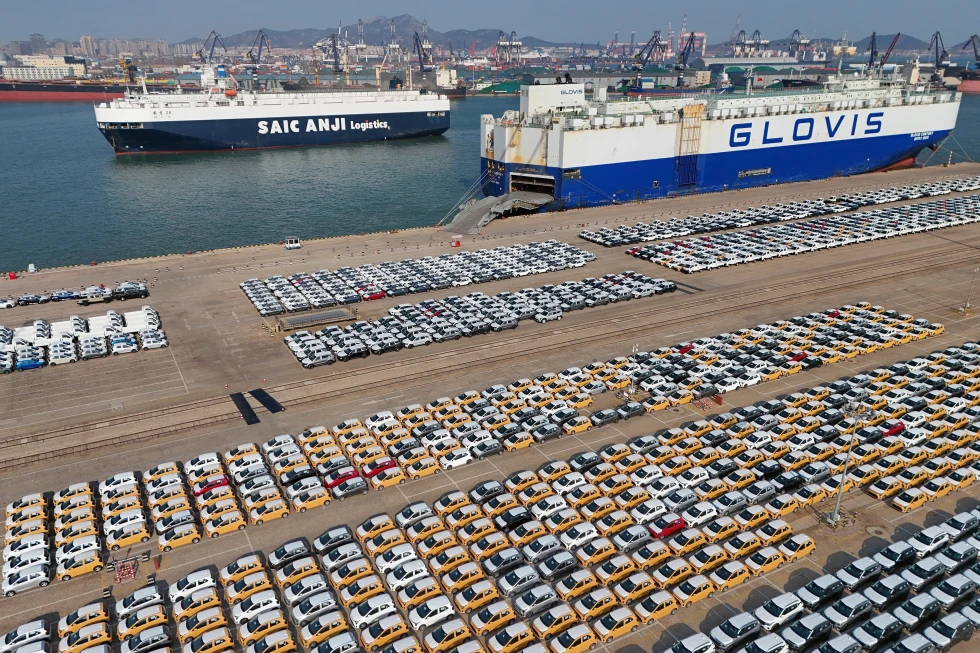
Dec 18, 2025
Two separate announcements tell how Trump’s tariffs left China’s exports unscathed while quietly taxing American households.

Oct 28, 2025
Advanced technologies, especially artificial intelligence (AI), semiconductors, and quantum computing, have emerged at the heart of most nations’ national strategic planning. China also developed national plans for technological breakthroughs. However, unlike most other countries, China’s current plans are heavily influenced by unprecedented US export curbs on acquiring technology. These steep and targeted export curbs are intended to prevent China from acquiring high technologies to maintain the US monopoly. They started during the first term of US President Donald Trump (2017-2021), continued during the Biden administration, and intensified since Trump’s second term.

Sep 25, 2025
The China-India relationship deteriorated sharply after the Galwan Valley clash in June 2020, and the normalization process resumed following a meeting between President Xi Jinping and Prime Minister Modi on the sidelines of the BRICS Summit in Kazan on October 23, 2024. While analysts remain cautious about the rapprochement between the world’s most populous nations, there are various reasons to argue that this rapprochement will endure.
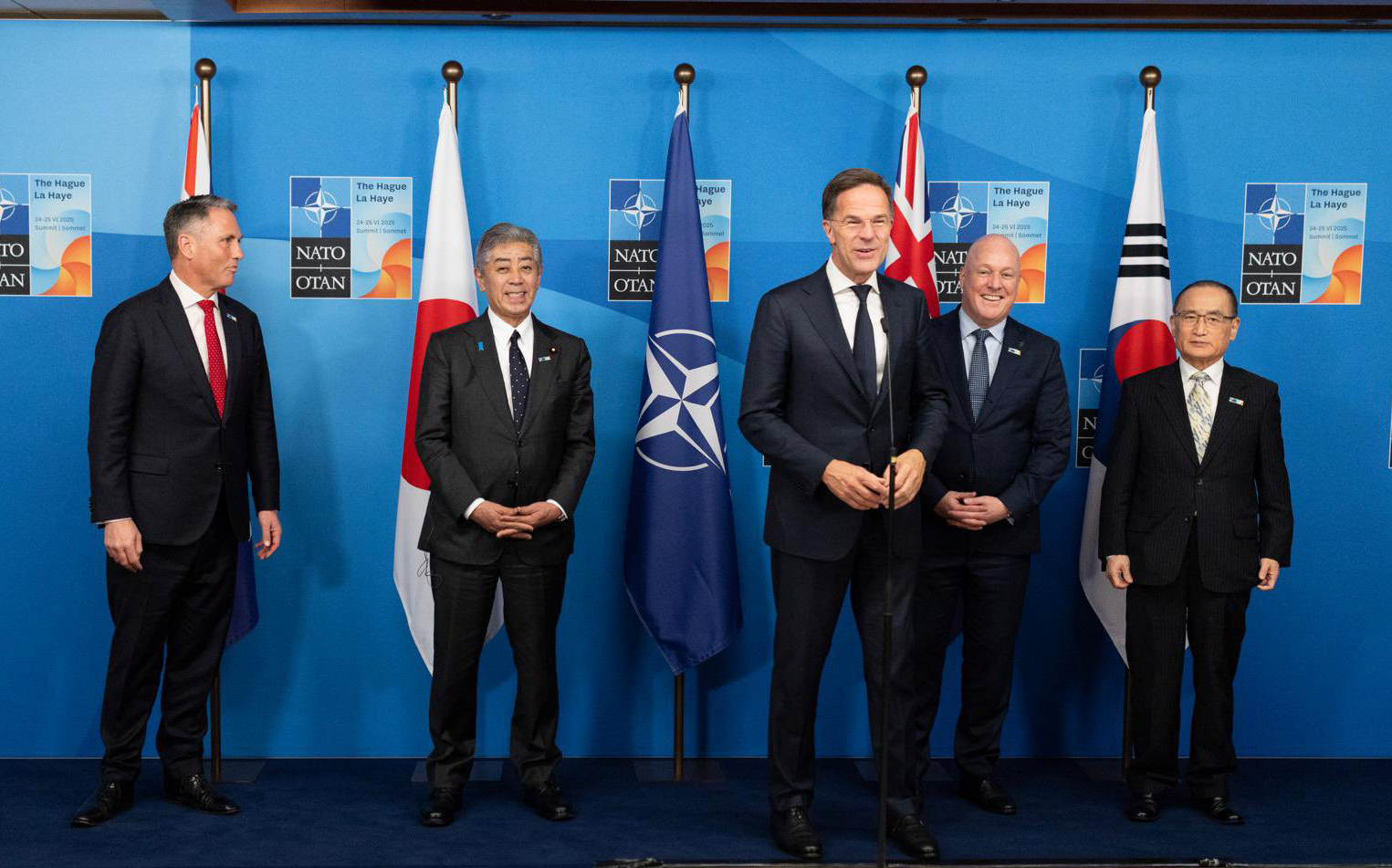
Aug 08, 2025
In the post-World War II period, the US maintained nearly uncontested supremacy over the vast Asia-Pacific region. Under the San Francisco System, or the ‘Hub and Spokes’ architecture, the US established military alliances, provided economic assistance, and proactively engaged with the region. The strategic foundation of US policy relied on both bilateral and multilateral defense agreements, such as those with Japan (1951), South Korea (1953), the Philippines (1951), Australia, New Zealand (collectively known as ANZUS, 1951), and Thailand (1954).
Jun 17, 2025
U.S. restrictions aimed at obstructing China’s technological development have, in practice, accelerated China’s pursuit of technological self-reliance.
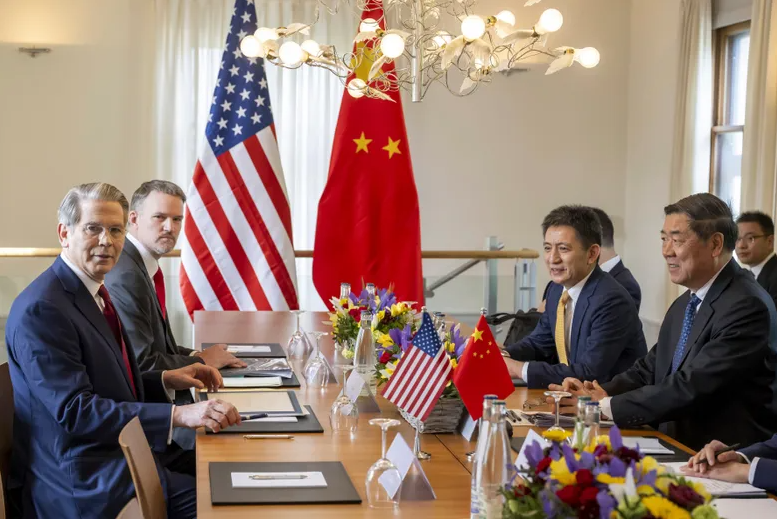
May 23, 2025
U.S. President Donald Trump’s unwarranted global tariff war, which began on April 2, 2025, with steep 145 percent tariffs on China, alerted economists to unforeseen global consequences. As China’s economy relied heavily on manufactured goods, and with the U.S. as its largest export destination, the Trump administration believed that imposing tariffs could weaken China and compel it to comply with its terms and conditions. Beijing, well-prepared in advance, proved this belief wrong. China’s resolute response within weeks forced the U.S. to enter negotiations, which took place from May 10 to 12 in Geneva, in which the two sides agreed to suspend tariffs for 90 days. The success of Beijing’s policy relied on several factors.
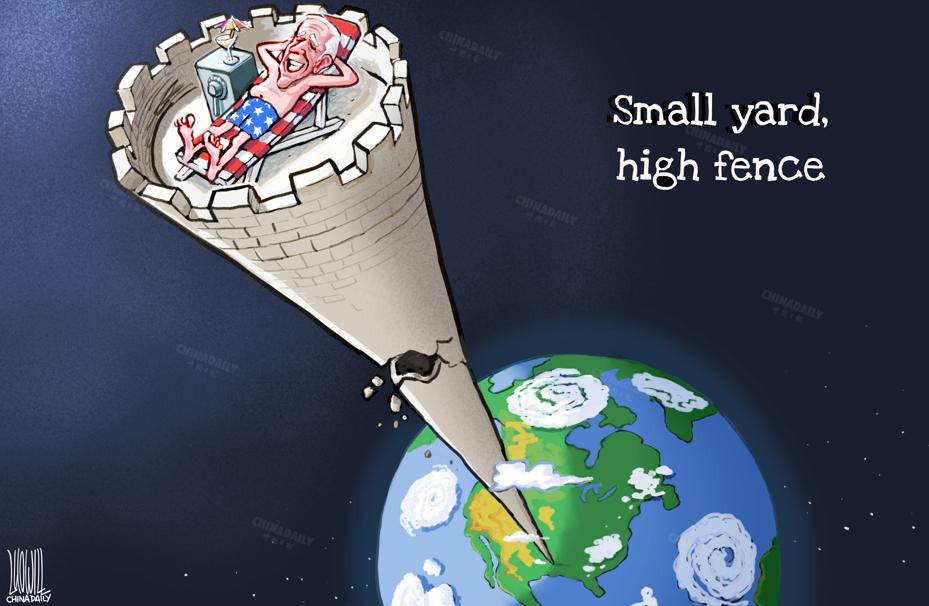
Apr 16, 2025
His poorly conceived global tariff war will severely affect U.S. consumers, increase inflation, damage America’s reputation as a reliable partner and put the entire global trade system and practices that the U.S. once championed at risk.
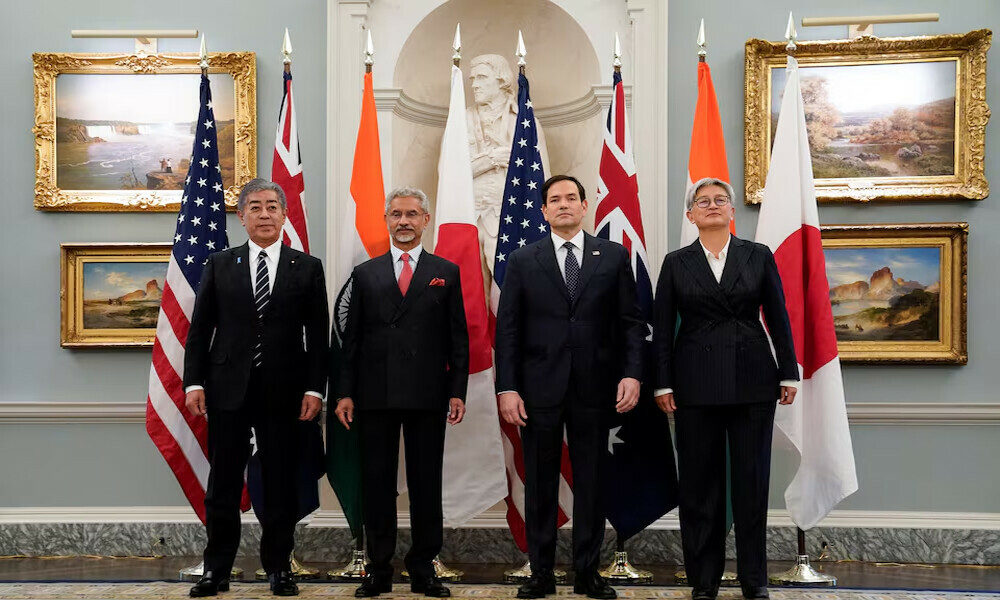
Mar 04, 2025
The Asia-Pacific region began to exhibit signs of easing major geopolitical tensions in late 2024, but has started to heat up again following President Trump’s return to power in the White House. During the ‘easing’ period, although low-level disputes persisted in the vast region, in the South China Sea, and in cross-strait relations, the risk of a conflict involving regional heavyweights was not imminent.
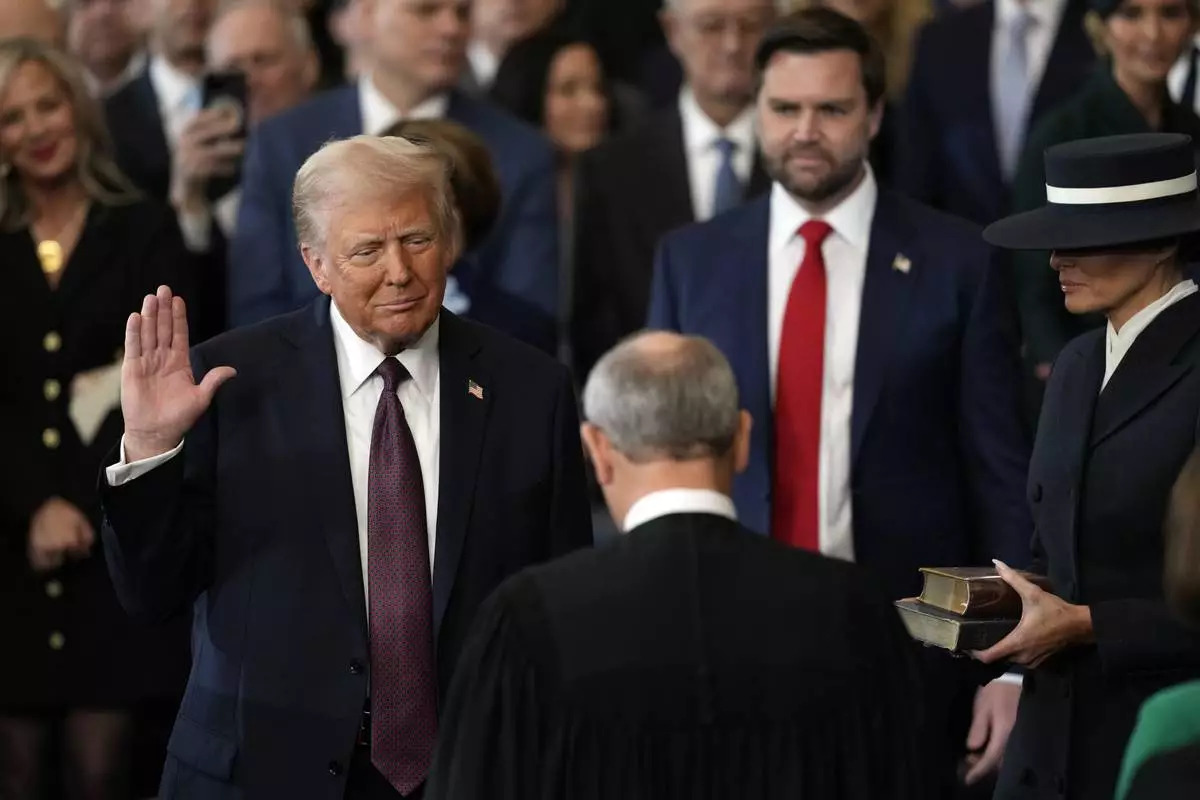
Jan 27, 2025
The country is far more resilient today than it was four years ago and in a good position to counter Donald Trump’s promised tariffs — or unexpected moves yet to come. It has diversified markets for Chinese goods, reduced the chances that countries in the region will form anti-China alliances and is welcoming foreign investment.
Dec 03, 2024
The unity of the Gulf states, their diversified partnerships and their degree of assertiveness — along with China’s deepened relationships in the region — may constrain U.S. dominance. Even so, China must devise policies to navigate the unexpected strategic challenges it might encounter.
